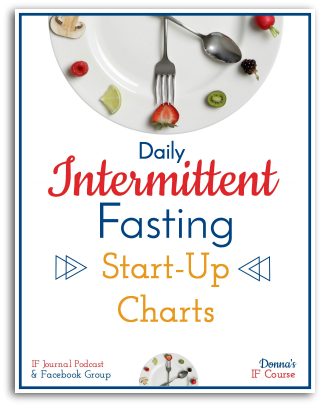
Click HERE to view day 1, HERE to view day 2, HERE to view day 3, and HERE to view day 4!
Scroll down to view video and to download the game board!!
(11) Fasting Balances the Body to Work FOR You Rather Than AGAINST You!
1. Benefits of fasting
a. Fasting keeps insulin (fat storage hormone) low and glucagon (fat releasing hormone) high to help you burn body fat.
b. Fasting puts you into a fat adaptive/metabolic flexible state so that when you are done burning your glucose for the day, you move right into body fat burning.
c. Fasting trains ghrelin so that you do not have continual waves of hunger.
d. Fasting trains leptin to tell you that you are full sooner during the eating window.
e. Fasting gives you Appetite Correction—so that you are not hungry during the fast, you crave healthier foods, and you stop eating sooner.
f. Fasting boosts metabolism by 12-14 percent.
g. Fasting helps lower cortisol levels, which helps with insulin regulation and cravings.
h. Fasting puts your body into ketosis/fat burning 20 times sooner than a traditional diet. (The keto diet puts you into fat burning 4 times sooner than a traditional diet.)
i. Fasting helps your body tell your satiety signals you are full during the meal as opposed to 20 minutes later like many traditional eating plans.
j. Fasting causes a small calorie deficit, which retains the metabolic rate compared to very low calorie diets, which have been shown to slow the metabolism down by 15% above the normal “lower weight slow down” that one has when losing weight, according to “starvation studies.”
k. Fasting causes you to go from being a sugar burner to being a body fat burner.
2. Downfalls of having a very short period of time without food (i.e. eating 10-20 times per day over 16 hours or so)
a. More calories consumed
b. Insulin never low, so consistently storing fat
c. Cravings are pronounced as you want more as you eat more often and high insulin/sugar keeps us craving processed carbs
d. Too much “food noise” to hear hunger hormone (Grehlin) and satiety hormone (leptin)
e. Many non-fasters use reduced calorie diets in which they take calories down extremely low in order to lose weight
i. Research shows that people on VLCD regain at least 60% of their weight within 12 months; after 5 years, most will regain all; 30% will weigh more.
ii. Too hard to stick with over the long term (since you are often hungry, can’t eat treats because they are too calorie dense, etc.)
iii. Metabolic effects on VLCD are very poor—studies show as much as 250 calorie reduction burning at rest after following VLCD (above and beyond how your metabolism is lowered by the pounds you have lost)—10-12 calories per pound of weight lost is expected…VLCD are hurting metabolism far more than is just from pounds lost alone
iv. Even a 3 week VLCD has been shown to decrease metabolism by 100 calories per day!
v. Studies show that consistently following VLCD can increase ghrelin by 40% over 6 months! HUNGER continuously!
vi. Ghrelin increased when calories go too low
Links for More Info:
Sign up for a FREE webinar HERE
Sign up for a month-long fasting course HERE
Videocast/Podcast: Episode #12—Fat Adaption, Bringing in Boundaries
Videocast/Podcast: Episode #19—Insulin, Glucagon, and Fasting
Videocast/Podcast: Episode #25—Managing Your Life With IF
FREE Intermittent Fasting Start Up Charts HERE



